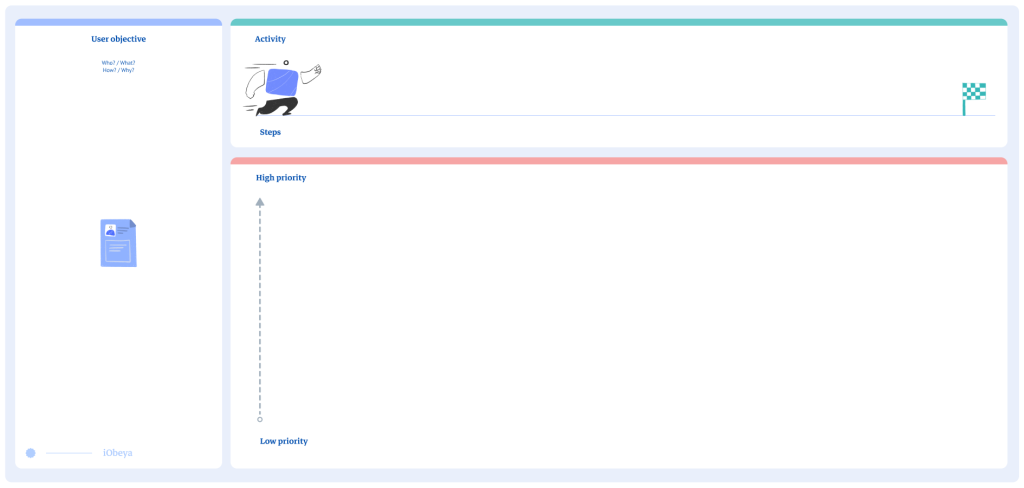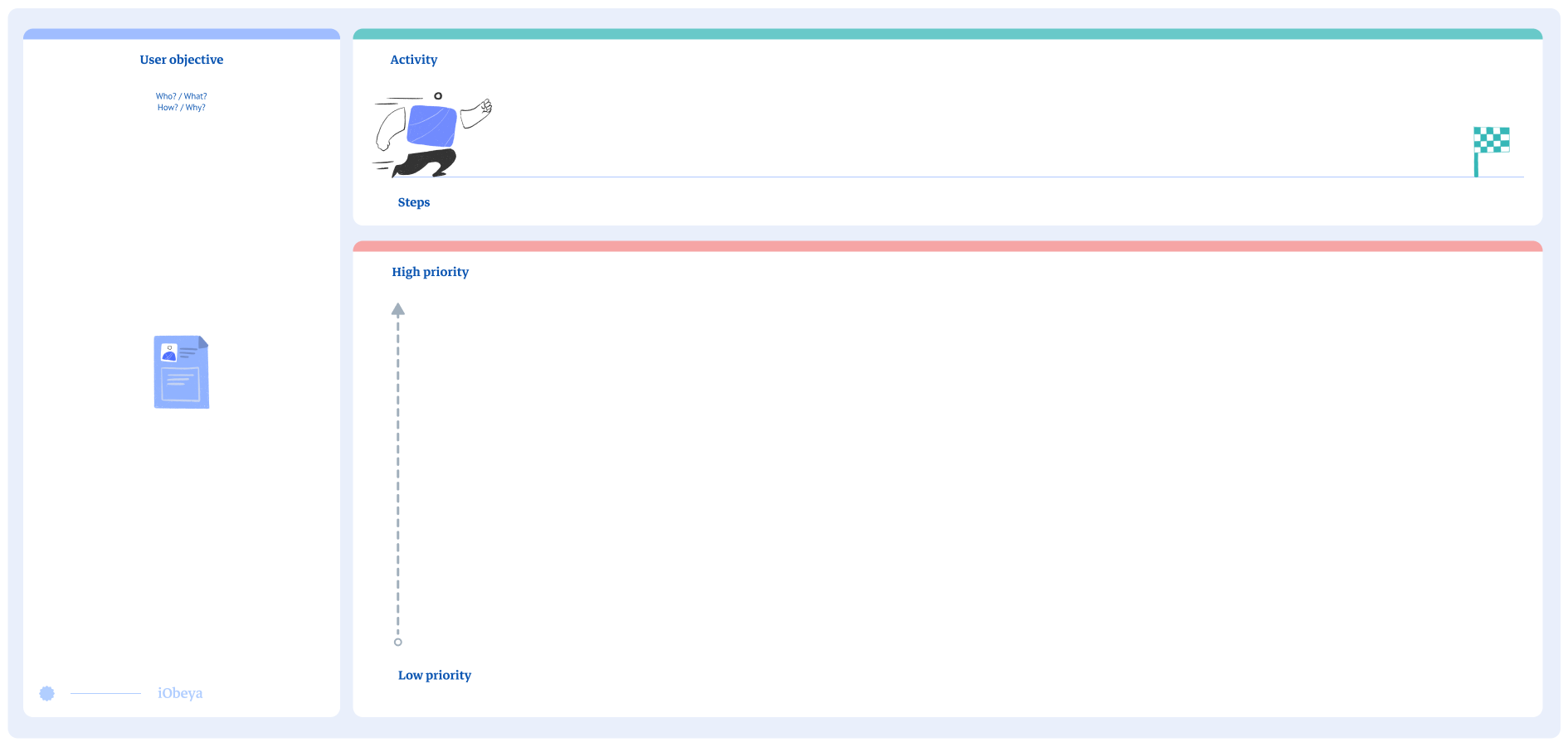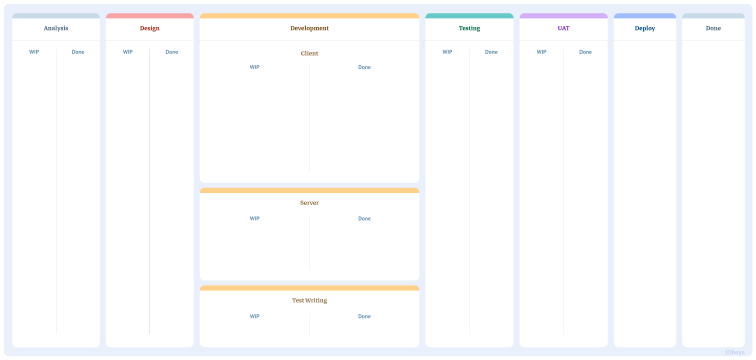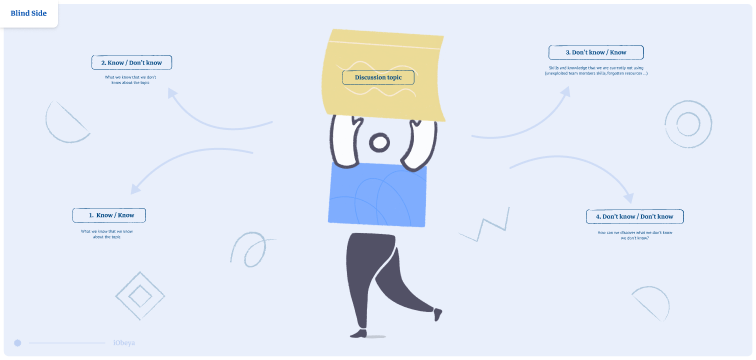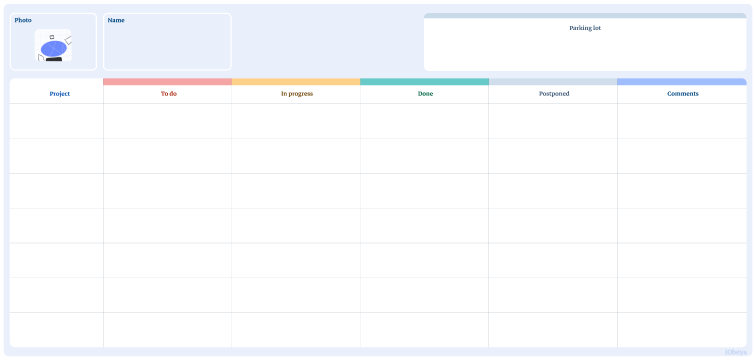What is a Story Map?
A Story Map is an agile tool that allows you to create and structure tasks that respond to user needs. The objective is to identify the functionalities that respond to the needs and then plan their realization. To do this, a Story Map is illustrated as follows:
- A part where the users’ needs are marked and detailed
- A part where we prioritize the functionalities that respond to the needs
- A part where we classify the order of the tasks to achieve our goal
A team gathers around a board divided into these 3 parts. Each participant marks, according to their roles, the user needs and/or the functionalities that meet these needs. The team must first focus on the needs and then on the features. Once this is done, the team synthesizes everything and should highlight the most important elements. Finally, you can plan the different tasks to be done.
Why is a Story Map used?
Who uses a Story Map?
Mainly, it is the teams that commonly use agile as a way of working that use a Story Map. However, this tool has the particularity of being very accessible to all teams looking to structure and plan actions in order to meet user needs. Thus, all teams with this goal can find themselves using a Story Map, no matter the sector or department.
How to set up a Story Map board in iObeya?
- Enter your room, then click Configure the room at the bottom right of the screen.
- Add a blank board to your room.
- Select the Story Map background from the background catalog.
- Add in your tool dock a new set of Notes and rename them : User Objectives
- Add in the tool dock the User Story card
- Your board is now ready to be used.
Pro Tips on how to set up a Story Map
We recommend that you call on your Product Owner to identify and address the needs that are most important to users. In addition, throughout the sessions, the Product Owner plays an important role because he or she must remind the teams of the real needs that must be met. Finally, do not try to have a final vision of the product from the first session, it is important to use this tool over several sessions in order to develop new ways of thinking and to plan your actions efficiently.


